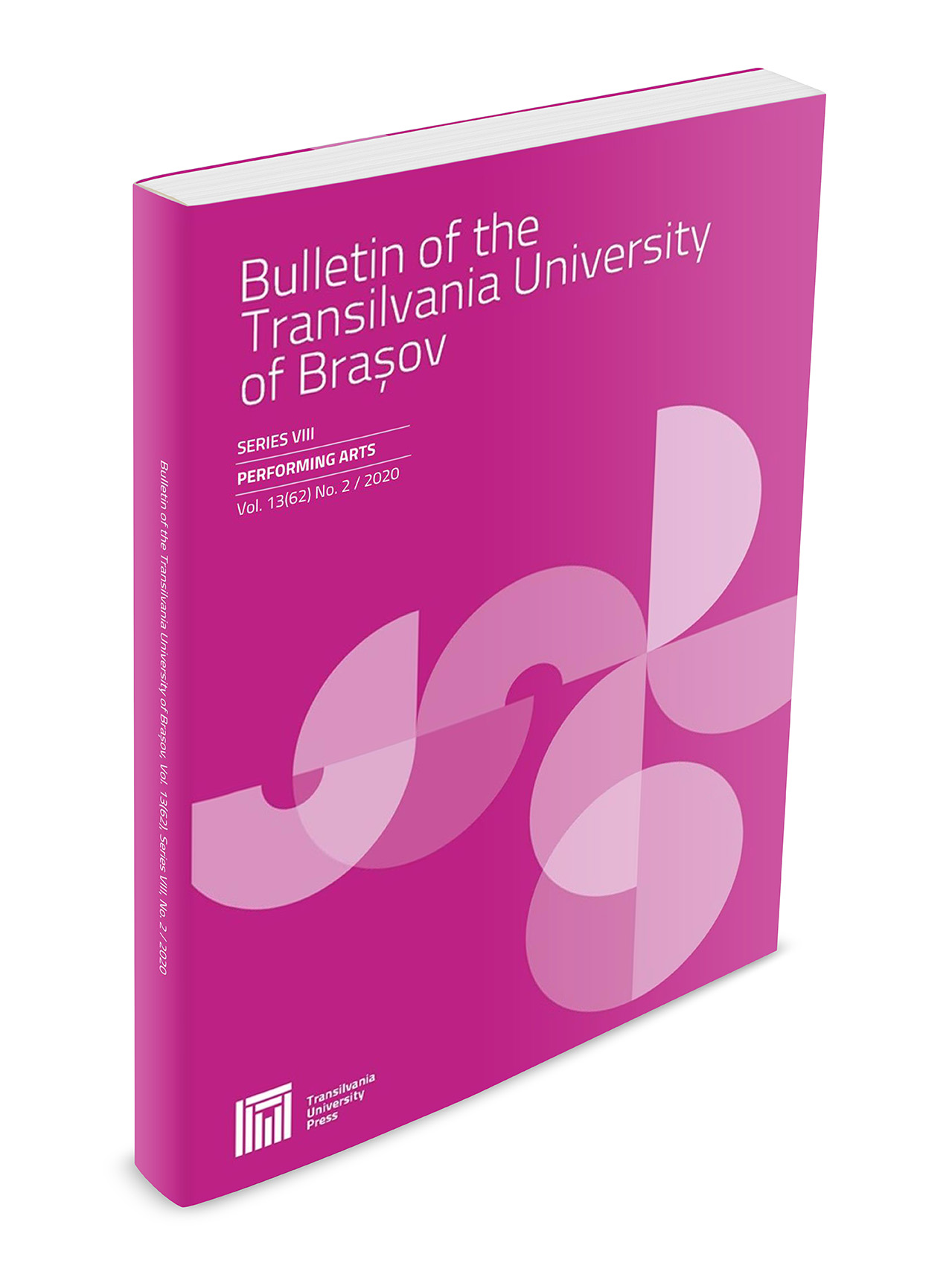Detente and Power - Determination Conceptually, Forms and Means of Education at the Preteen Age
Keywords:
physical education, sports, anaerobic power, detente, force, speedAbstract
The scientific perspective, the practice area of physical education and sports activities conditional power capacity in all its forms of expression, was and is a generator of research topics. Today theories that strength training athletes and slow down development progress will affect strength and flexibility are discredited. On the other industries and/or samples whose results are sports of the way a higher manifestation of power as a result of the composition of the force and velocity, are based in this respect, the systematic and continuous development of both capacity biomotrical said. The current research concerns are about the issues related to detente and maximum anaerobic power, with a diversity of views on the conceptual layout and the possibilities of evaluation of expressions of their parameters. Detention is an expression of muscle elasticity. From this perspective, approaches the muscle elasticity can be divided generally into two categories: a) increase the maximum work in a concentric contraction, performed by a previously stretched muscle, and b) mechanical efficiency in an effort under - maximum alternating concentric with the eccentric contraction. Elastic deformation is a force contrary to its meaning, the action is other than the conversion of chemical energy in a mechanical one. Power is the ability of the neuromuscular system to produce the greatest force possible in the shortest time possible. Any increase in power is the result of improvements in either speed or strength or a combination of both. Browse a distance in the shortest possible time is the effect of the event power, the result of rapid and vigorous contraction of skeletal muscle, manifested in the ability to accelerate, gestural, and high repetition. Training of force in children was and is controversial. Fear of injury or premature stopping of the growth process in the past kept the children away from working with different weights. Recent studies have shown that the risk of accidents is relatively small and strength training can help prevent them. For example, most accidents occur at the level of athletic ligaments and tendons. From this point of view, it can be said that a progressive intervention of force training, and optimal design, will help enhance their processes, such as athletes being much better prepared to meet requests for training and competitions. Preparation of force and provide a solid basis for further phases in the highest performance.Downloads
Published
Issue
Section
License
Copyright (c) 2010 Bulletin of the Transilvania University of Braşov. Series VIII: Performing Arts

This work is licensed under a Creative Commons Attribution 4.0 International License.




